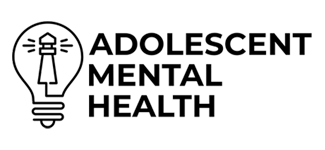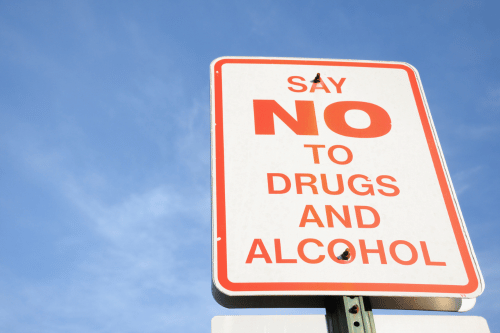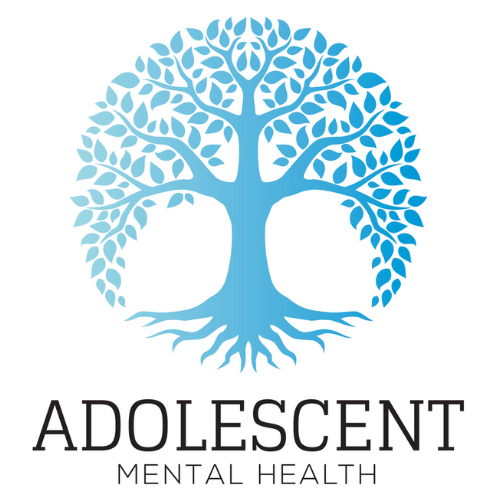Youth Drug Abuse Prevention
Understanding the Scope of Youth Drug Abuse
Youth substance use is a serious concern. Many teens experiment with harmful substances during adolescence, increasing the risk for substance use disorder and other behavioral health issues. A comprehensive approach is necessary to reduce the prevalence of substance use and limit negative outcomes.
Prevalence of Drug Abuse Among Youth
According to a national survey, the lifetime prevalence rates of substance use among Secondary School Students remain high. School seniors report the highest rates of alcohol abuse, marijuana use, and vaping. Prescription opioids and illicit drugs are also part of the problem, leading to teen drug abuse and, in some cases, substance use disorder.

Common Substances Abused by Youth
- Marijuana
- Alcohol
- Prescription opioids and stimulants
- Nicotine through vaping
- Over-the-counter cough medicine
- Illicit substances such as spice and ecstasy
The availability of substances increases the risk for high-risk substance use and the initiation of substance use at an early age.
Consequences of Drug Abuse in Adolescents
The consequences of substance use during adolescence can be long-lasting. Drug abuse affects brain development, impairs judgment, increases risky behaviors, and raises the chance of mental illness. It also contributes to poor school performance, legal issues, and behavioral health disorders.
Key Risk Factors for Youth Drug Abuse
Understanding the etiology of substance use helps identify risk factors and implement early interventions.
Biological and Psychological Factors
Psychological factors such as anxiety, depression, and low self-esteem are linked to substance use initiation. Biological contributors, including genetics and family history of substance abuse, are also key risk factors.
Environmental and Social Influences
Environmental risk factors for substance use include unstable homes, limited parental monitoring, and access to alcohol or drugs. Social influences like peer social dynamics and community norms can also drive experimentation with alcohol and drugs.
The Role of Peer Pressure and Social Media
Peer pressure is one of the strongest factors for substance use among teens. Social media often glamorizes drug use, normalizing risky behaviors and shaping beliefs about alcohol and drugs.
Proven Prevention Strategies
Evidence-based prevention programs offer effective tools for addressing youth substance abuse. These include universal programs for all students and selective programs for people at risk.
School-Based Prevention Programs
Programs implemented during class periods or over a 20-week period have shown success. School-based prevention programs teach life skills, drug safety, and refusal strategies. Educational programs use a comprehensive message to address the forms of substance use and build protective factors.
Family-Based Interventions
Family-based prevention programs strengthen communication skills and support systems at home. Open communication and parental monitoring reduce initiation of substance use and build resilience in teens.
Community Involvement and Support
Community-based organizations and community leaders play a key role in youth substance abuse prevention. Community services, mentoring programs, and collaboration with local agencies support drug-free life goals for adolescents.
Evidence-Based Educational Tools
Effective programs rely on an evidence-based approach to teach prevention.
Social Resistance Skills Training
These programs teach school students how to resist peer pressure and avoid harmful substances. They often involve role-playing and active practice to develop refusal skills.
Normative Education Approaches
Normative education helps correct teens’ beliefs about alcohol and drug use. Many youth overestimate how many of their peers use drugs, so correcting these misperceptions can prevent substance use initiation.
Competence-Enhancement Strategies
Competence enhancement approaches focus on strengthening emotional regulation, communication patterns, and goal setting. These programs help prevent risky behaviors and promote healthy development.
The Role of Data in Prevention
Prevention strategies should be based on solid data from reliable sources such as the National Institute on Drug Abuse and the Substance Abuse and Mental Health Services Administration.
Utilizing CDC and Other Credible Data Sources
The CDC, Kansas Fights Addiction, and the Division of Prevention and Health Behavior provide critical information for identifying risk factors and monitoring trends.
Monitoring Trends and Emerging Threats
New threats such as fentanyl-laced pills and increased vaping require constant updates. Tracking frequency of alcohol use and rates of drug experimentation helps adjust program components.
Evaluating the Effectiveness of Prevention Programs
Program content and program materials must be evaluated through replication studies, control group students, and pretest rates to measure reductions in substance use.

The Importance of Family Engagement
Strong family bonds and parental involvement are among the most important protective factors in preventing adolescent substance abuse.
Open Communication Practices
Parents who talk with their children regularly help reduce experimentation with alcohol and drugs. Messaging services and printable publications offer tools for opening these conversations.
Parent and Caregiver Education
Programs such as Drug-Free Kids and publications with advice help families understand the consequences of drinking and drug use.
Encouraging Family Activities and Bonding
Spending time together—whether through family dinners, outdoor activities, or shared hobbies—improves quality of life and reduces the risk for substance use.
Building Community and Support Systems
A strong community network helps youth stay on a healthy path.
The Role of Nonprofits in Prevention
Nonprofits develop evidence-based programs and provide access to mentors, drug prevention programs, and support services.
Faith-Based Organizations as Support Networks
Churches and religious groups often serve as protective environments that discourage illegal drug use and offer resources for teens and families.
Collaboration with Local Government and Agencies
Community-based programs led by health educators, school staff, and health care providers enhance prevention efforts across community levels.
Funding and Resources for Prevention Initiatives
Strong prevention depends on consistent support and funding.
Utilizing Grants for Program Development
Grants from state agencies and opioid settlement funds help develop effective programs and expand services.
Impactful Media Campaigns
Campaigns with clear message frequency and level training promote awareness of teen drug abuse and underage drinking.
Youth-Led Prevention Efforts
Youth-led initiatives help teens take ownership of prevention. Their involvement boosts motivation factors and increases the relevance of messages.
Educating Teens and Parents
Education is key to reducing the progression of substance use and increasing protective factors.
Awareness of Drug Risks, Including Fentanyl
Medical professionals and mental health professionals should provide facts on drug safety, including the deadly risks of fentanyl.
Addressing the Issue of Vaping
Programs must include up-to-date information about nicotine addiction and THC vaping, which are growing concerns among youth.
Strategies for Informed Decision-Making
Teaching teens about the effects on substance use and the impact on life goals helps them make better choices.
Empowering Youth
Prevention works when teens are supported and empowered to live a drug-free life.
Encouraging Positive Role Models
Athletes, artists, teachers, and community leaders all serve as role models who demonstrate healthy, substance-free lifestyles.
Promoting Healthy Social Activities
Social alternatives such as sports, clubs, or creative events reduce boredom and lower the appeal of illicit substance use.
Building Resilience and Self-Esteem
Programs that focus on life skills, mental health disorders, and developmental factors build resilience and reduce the risk of substance use disorder.
Get Support from Adolescent Mental Health
Adolescent Mental Health in Orange County is committed to teenage substance abuse prevention through a comprehensive program that supports youth, families, and communities. Contact us to learn more about our evidence-based prevention programs and mental health services.

FAQ's
Early signs of substance use can include changes in mood, behavior, or academic performance. You may notice withdrawal from family, new peer groups, lack of interest in activities, secretive behavior, or changes in sleeping and eating patterns. Physical signs may include red eyes, frequent nosebleeds, or sudden weight loss. If these signs appear, it’s important to talk openly with your teen and consult with mental health professionals or health care providers.
Peer pressure is one of the leading factors for substance use among adolescents. Teens often feel pressure to fit in with friends or social groups that may be using alcohol, vaping products, or other harmful substances. Social media can also reinforce these behaviors by normalizing or glamorizing drug use. Teaching refusal skills and building confidence through evidence-based prevention programs helps teens resist peer influence.
Family involvement is a key protective factor in preventing substance use initiation. Open communication, consistent parental monitoring, and participating in shared activities all reduce the risk for substance use. Family-based prevention programs also educate parents on how to recognize warning signs, support their teen’s mental health, and create a stable, supportive home environment.
Yes. School-based prevention programs that follow an evidence-based approach are effective in reducing underage drinking, drug experimentation, and risky behaviors among youth. Programs that combine social resistance skills, normative education, and competence-enhancement strategies are especially effective. When delivered consistently, these programs help improve life skills, boost decision-making, and lower the likelihood of substance use during adolescence.









